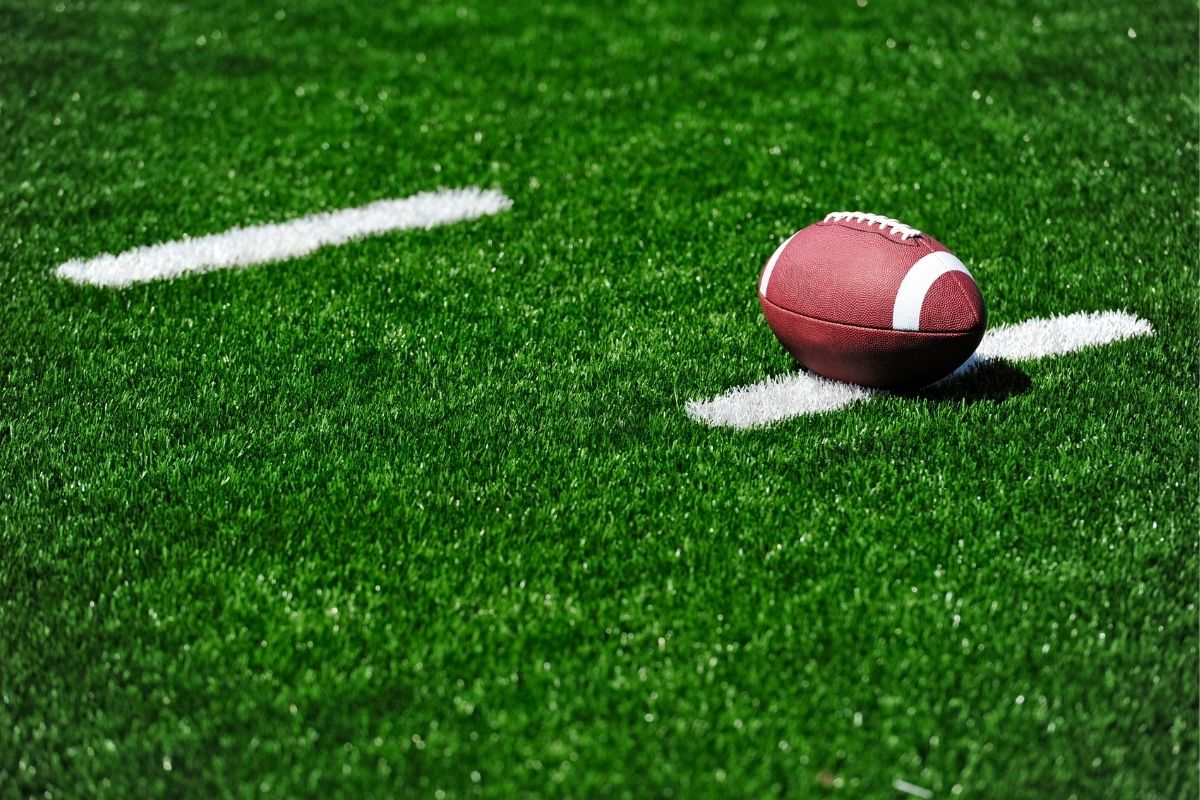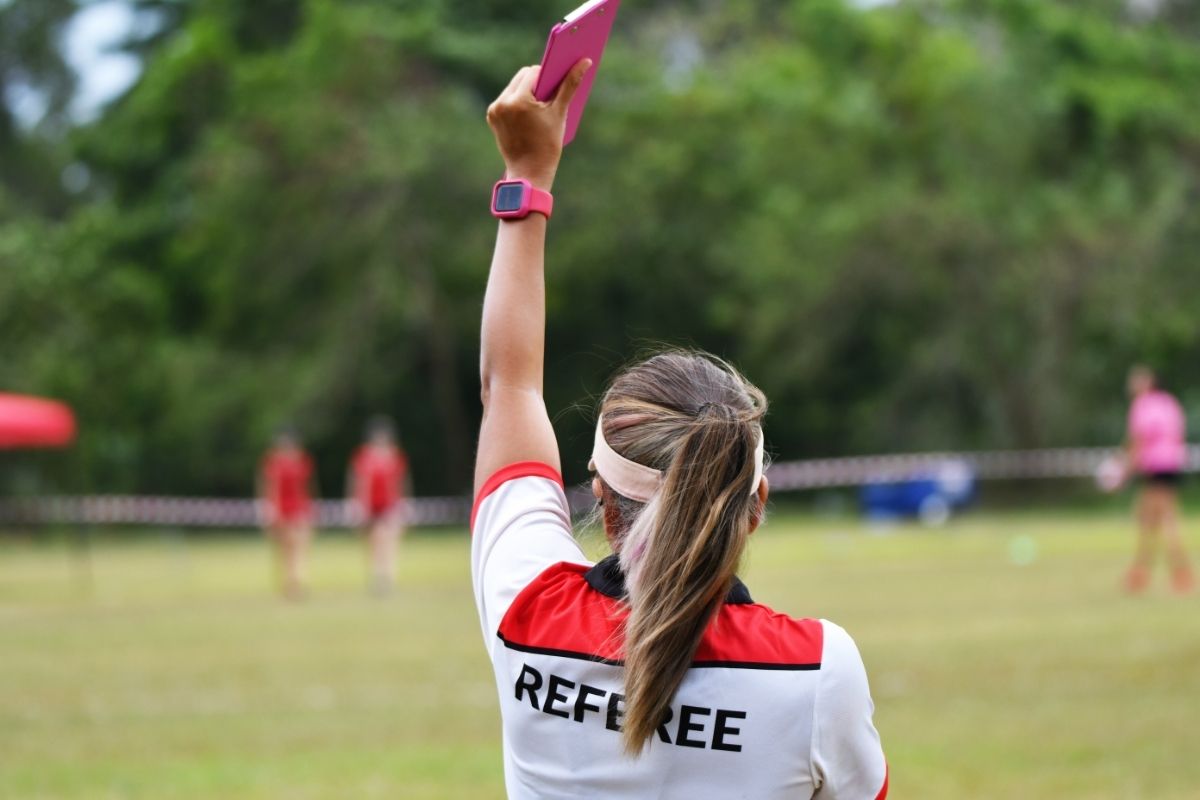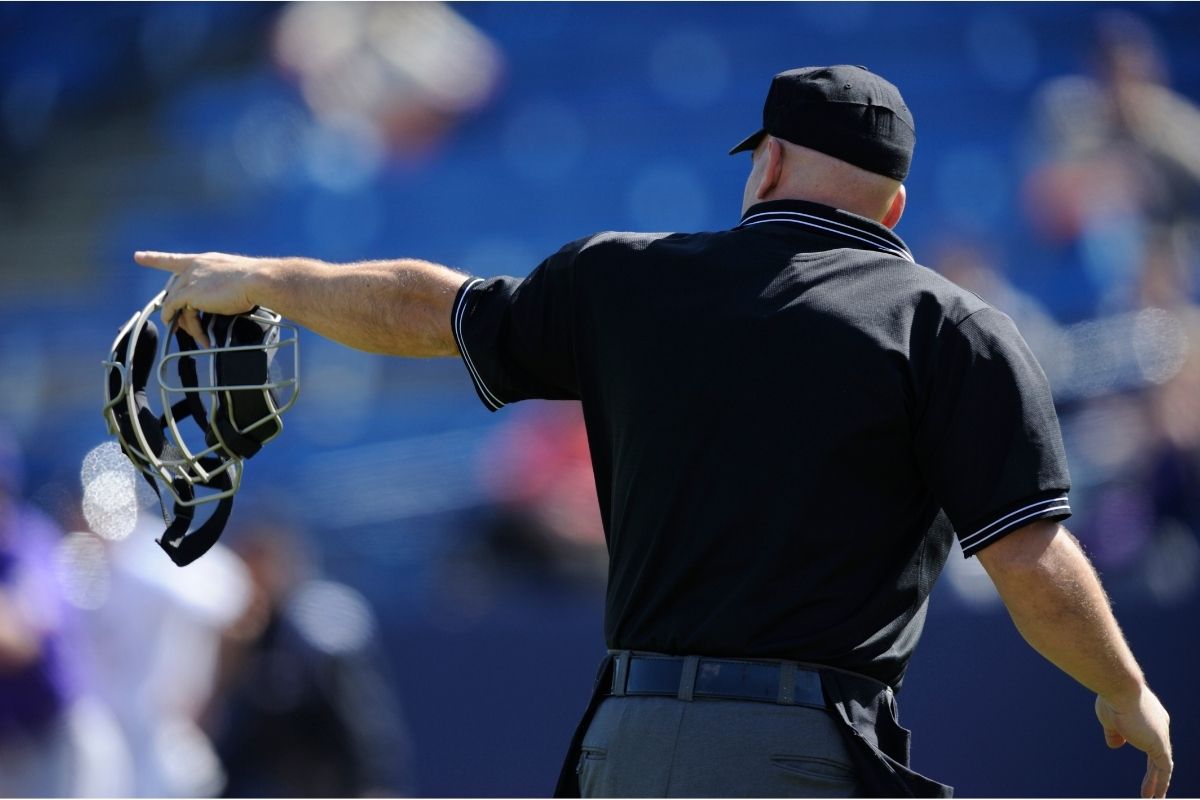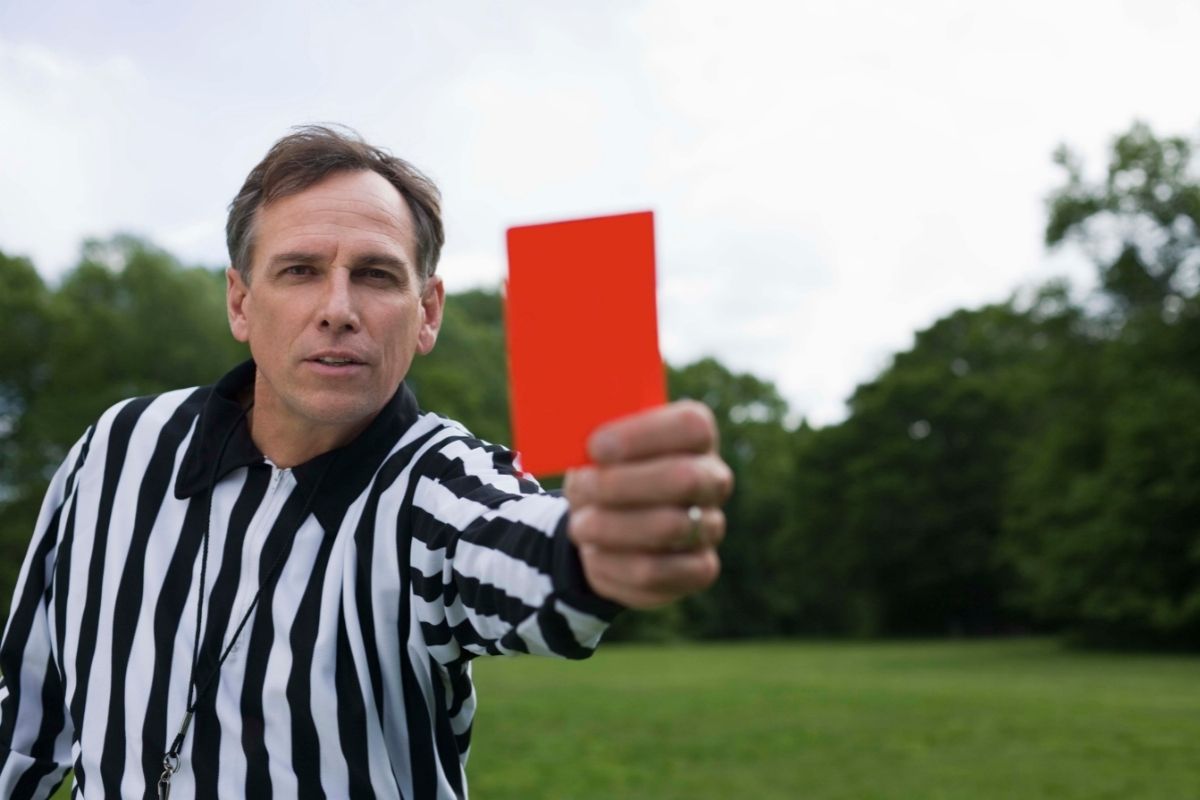Soccer can sometimes be confusing if you aren’t familiar with the ins and outs of its rules. One of the more cryptic aspects of soccer rules are the various signals used by referees to communicate with each other and the players on the pitch.
These signals can indicate several things about what’s happening in the game, and knowing what referee signals mean can give you some valuable insight into how a game of soccer’s going.


But referee signals are confusing if you don’t know what you’re looking for; luckily, this guide is here to help clear things up.
In this handy guide, we’ll take you through the different soccer referee signals and their meanings so you can understand what’s happening on the field.
So let’s jump right into it!
A Guide To Soccer Referee Signals
First things first, let’s go over the main ways a soccer referee signals. This comes down to two main methods – pointing with their arms, and using their whistle.
A referee typically points to indicate a direction or to define a location, such as to show which team is being awarded a free kick or to direct players to a specific spot on the field.
The whistle, meanwhile, is used in more urgent and direct instances and typically indicates the stopping and starting of play.
Here’s a breakdown of the most common signals that a soccer referee uses, and what they all mean.
Advantage Signals
Advantage refers to when a team has been fouled, but stopping play would actually be detrimental to the fouled team – for example, if a player has been fouled but is still in a position to score.
To denote advantage, a referee will point forward with both arms after seeing the foul play in the direction of the fouled team’s goal.
Unlike in more severe fouls that merit stopping play, the referee won’t blow their whistle and instead will let the game play on.
Direct vs Indirect Free-Kick Signals
There are two types of free-kick: direct and indirect. A direct free-kick (DFK) means that the player kicking the ball is able to score a goal using the free kick, while the ball in an indirect free-kick (IFK) must make contact with another player before a goal can be scored.
For a DFK, the referee will blow their whistle and (with their free hand) point in the direction of the goal of the team being awarded a free-kick.
An IFK is slightly different; here, the referee will blow their whistle while pointing directly into the sky with their free hand. They will then explain to the players why the free-kick is being awarded and who is receiving the free-kick.
Their hand will stay in the air until the ball has been kicked and made contact with another player.
Penalty Signals
A penalty is a type of free-kick that occurs when an attacking player is fouled in the opposing team’s penalty area (an 18-yard box around each goal).
Unless the referee chooses to give the attacking team advantage, they will blow their whistle to stop play.
With their free hand, the referee will point at the penalty spot – this is a spot around two-thirds of the way between the penalty line and the goal line.
During a penalty, only the player taking the penalty and the opposing team’s goalkeeper are allowed in the penalty area. The player can take the kick after a signal from the referee’s whistle.
Goal Signals
There isn’t a specific signal used for scoring a goal, but referees might blow their whistle to halt play once a goal has been scored.
In some cases, however, play will automatically be halted once a goal has been scored so the whistle won’t be necessary.
Additionally, the referee may point at the center circle of the pitch when restarting play so the players can get into position, and will blow the whistle to resume the game.
Red and Yellow Cards
Red and yellow cards are used to signify offenses committed by players. Yellow cards are less severe and indicate medium-level offenses; they don’t mean that the offending player will be sent off, but they act as a warning.
Red cards, meanwhile, are used for severe offenses and signify that the offending player is being sent off the field and can’t participate in the rest of the game.


If a player is given two yellow cards, this is equal to one red card and the player will be ejected from the game.
When awarding a yellow or red card, the referee will first blow their whistle to halt play. They will then take the yellow or red card out of their pocket, point it at the player, and then point it straight into the air.
The referee then explains the reason why the card is being given, and then writes down the reason in their notebook.
If a player is being awarded their second yellow card, the referee will show them the yellow card before showing them the red card.
Sideline Referee Signals
Referees on the sidelines use flags to communicate with players and the other referees. These flags are primarily used to indicate the position of throw-ins and corner kicks, as well as the team they are being awarded to.
For a corner kick, the sideline referee will point their flag at the corner the kick will be taken from.
Similarly, they will indicate a throw-in by standing where the ball left the field and pointing their flag towards the attacking side of the team being awarded the throw-in.
Sideline referees will point their flag directly towards the pitch, perpendicular to their body, to indicate when an attacking player is offside.
Finally, they will hold their flags horizontally above their heads to show that a team is substituting a player. Sideline referees don’t have whistles, so they will hold their flags up for around 5-10 seconds to make sure people see it.
Final Thoughts
And there you are! Now you know a little more about the different signals that referees use during a soccer game.
Understanding these signals can seem like an intimidating task, but by using this handy guide, you’ll always be able to keep up with what’s happening on the pitch!
- Can You Play Pickleball on Grass? Tips and Tricks - June 12, 2023
- Do Pickleballs Wear Out? Everything You Need to Know - June 12, 2023
- Can You Play Pickleball on Concrete? A Guide to Playing on Hard Surfaces - June 12, 2023








